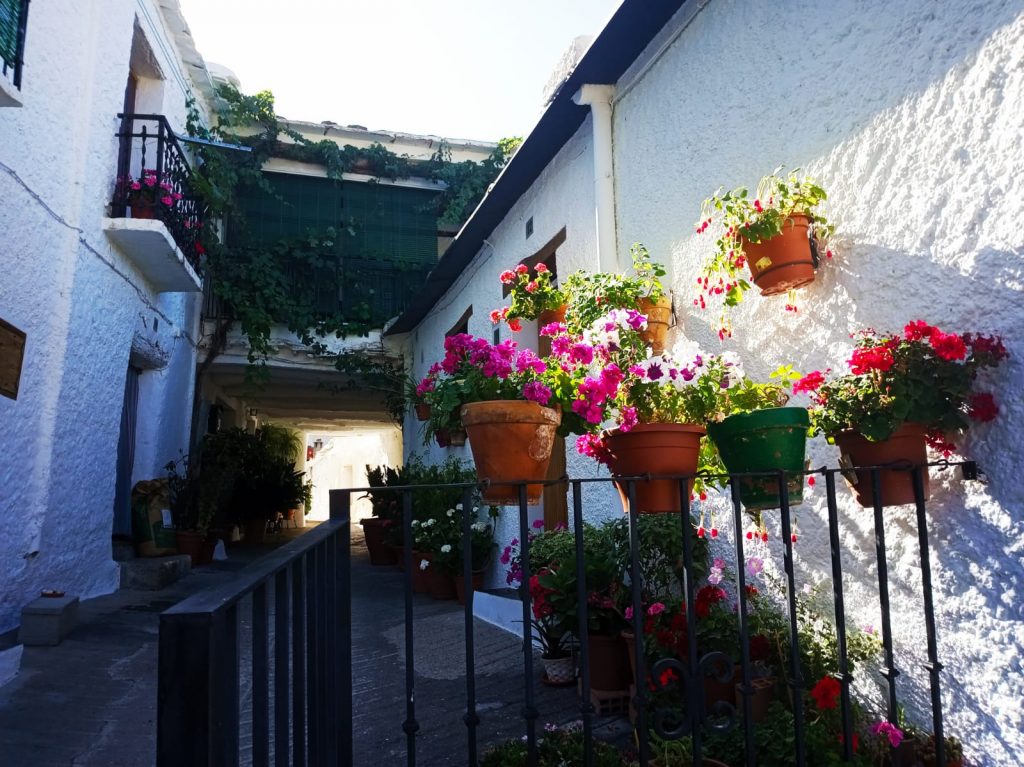This area was previously portrayed in Gerald Brenan’s famous book South from Granada. The popular author lived in the whitewashed village of Yegen, fell in love with the beauty of the area, and decided to tell the world about the benefits of this unparalleled area in the province of Granada.
The Alpujarra is a region in Granada comprised of 25 small villages with typical Andalusian whitewashed houses, which are well-known for their relaxed lifestyle and being in close contact with nature.
Walled in by the Sierra Nevada and the sea and occupies an area of approximately 2500 square kilometres. This is pretty of the beaten track and until not long ago was difficult to reach.
Its urban structure dates back to the times of the Moorish invasion and is noted for its labyrinth of narrow streets and alleyways between the whitewashed houses with the green forest and blue skies acting as a backdrop.
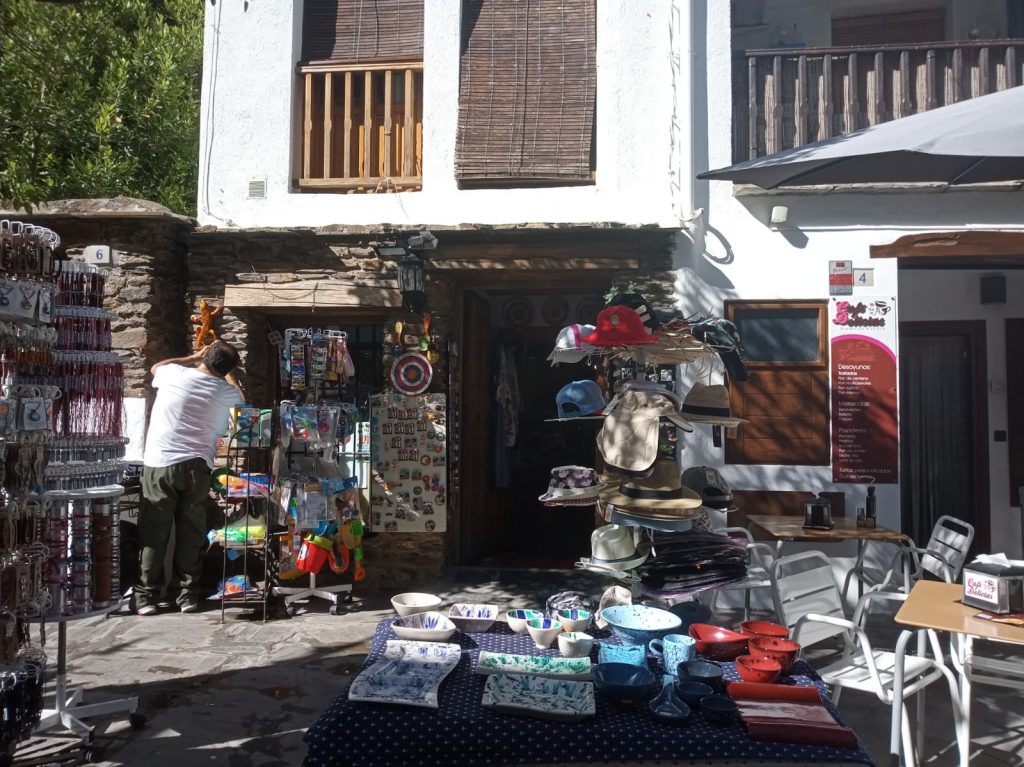
Visiting Alpujarra should be done at a relaxed pace and without any fixed plan. It’s a place to find yourself and breathe in the peace and tranquillity in the air.
Bubión, Capileira and Pampaneira are all great examples of this typical Andalusian urban architecture.
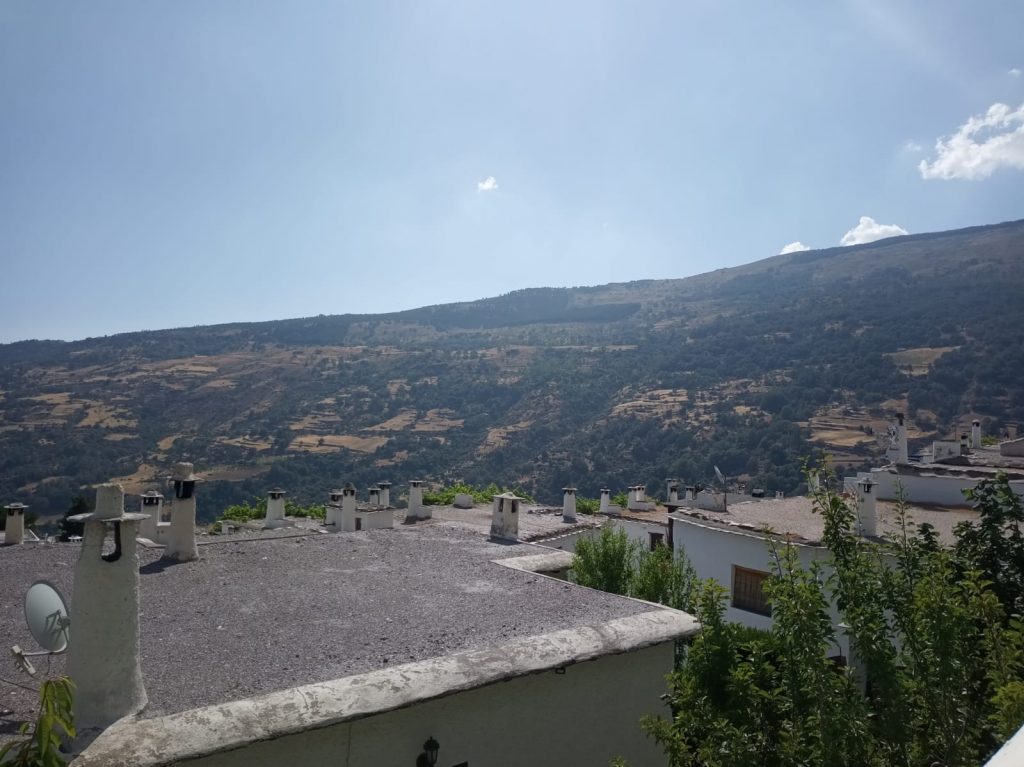
Bubión: This charming village is found on the gorge of the Poqueira River and is part of a historic-artistic site together with Pampaneira and Capileira. Bubión has a population of just 350 residents, faces the sea and enjoys mild temperatures. It also has the Villa Turística hotel, which is an ideal place for visitors to stay and plan horseback and walking routes. It’s one of the quietest in the area and just a few minutes walk from Capileira.
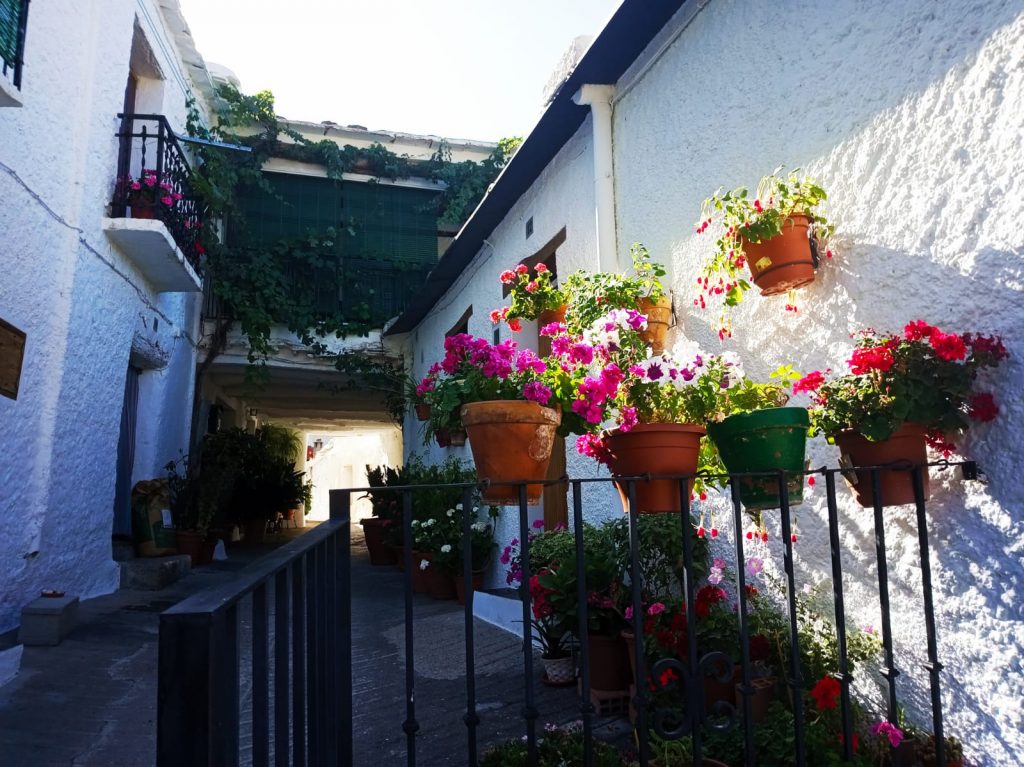
Capileira: This is the highest of the three villages, standing at 1500m above sea level, and offers visitors incredible panoramic views of the Mulhacén and Veleta mountain peaks. Despite its small size, Capileira has good facilities for visitors, a church and a popular customs and art museum. Take a step back in time with a stroll through the village streets, where you can admire the typical whitewashed houses and stop at the freshwater fountains to say hello to the locals, who are some of the kindest and most honest people you will meet in your life.
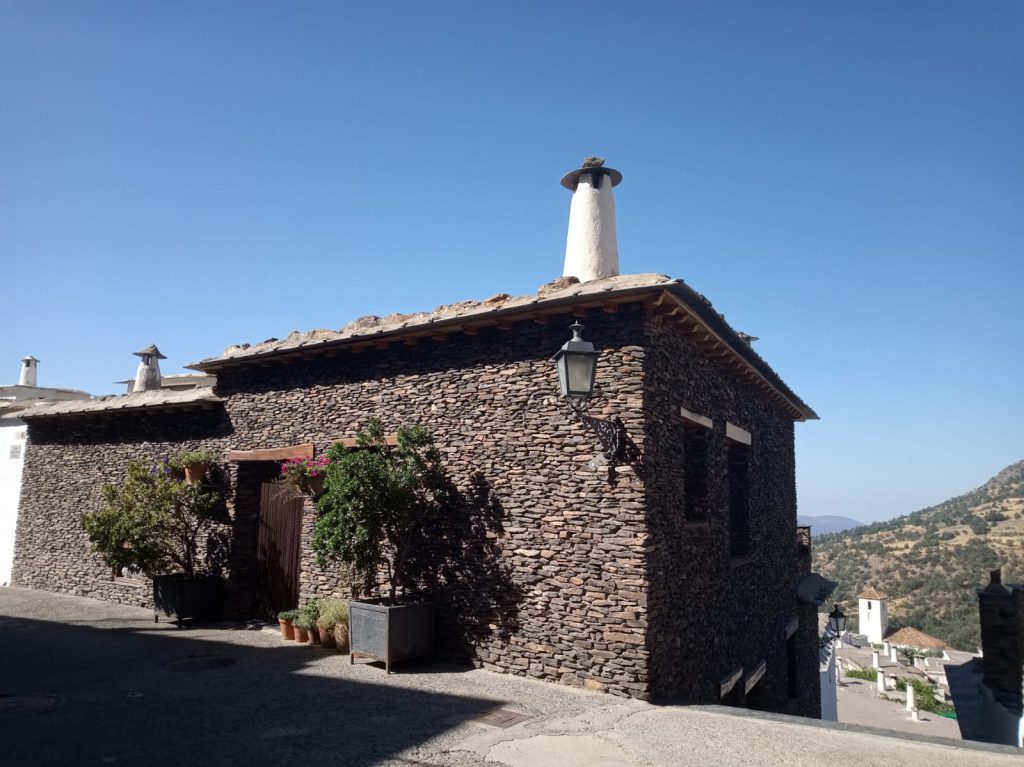
Pampaneira: Pampaneira has just 300 inhabitants, and covers an area of 18 square kilometres, which makes it easy to visit all the village and get to know some of the locals. Plaza de la Libertad is the central point and home to most of the terraces, restaurants and craft shops.
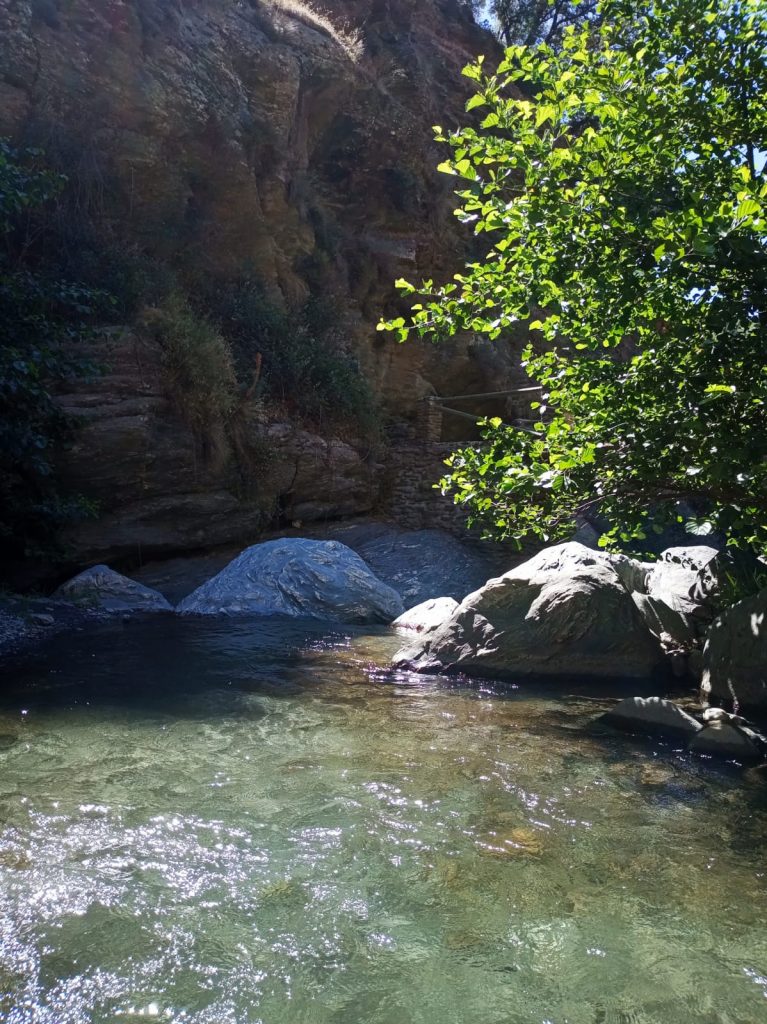
But, the Alpujarra is more than just charming villages, you can also visit natural wonders such as the Mulhacén, the highest mountain in continental Europe, or the thermal spa in Lanjarón, which is well-known for its medicinal and therapeutic waters.
The local wineries are also well worth a visit as they produce very good quality wine.
There are also different excursions to different points of particular interest in the region:
- Castillo Golco: Archaeological sites and pieces from the 8th and 9th centuries.
- Peñón del Fuerte: A colossal rock of about 500m2 where the Moors used to hide.
- The Roman Bridge: An ancient construction that linked the provinces of Almeria with Granada.
Pleasure your taste buds
The Alpujarra is also well-known for its gastronomy. First mention has to be the Trevélez ham which has its own designation of origin. Alpujarra’s cuisine draws on agricultural products and livestock from the area, which is cooked using traditional methods, giving full importance to raw material. The most representative dish is Plato Alpujarreño, a mish-mash of potatoes, fried eggs, morcilla (blood sausage), pork, longaniza (spicy sausage) and Serrano ham.
Granada capital
Although we chose the Alpujarra for its peace and quiet, you could also include a day trip to the capital, Granada city. The city is quite popular with tourists but not on the same scale as Barcelona or Madrid, so it still retains a relaxed atmosphere.
There are a few essential places to visit if you have a full day in the city.
Start the day early with a good breakfast; you’re going to need it. First on the list has to be La Alhambra, the oldest Arab fortress in the world and the most visited monument in Spain. You’ll need to buy tickets well in advance as it’s almost impossible to get tickets for the same day, and nobody wants to visit Granada without seeing La Alambra. Keep in mind that you’ll need at least 3 hours to visit it all.
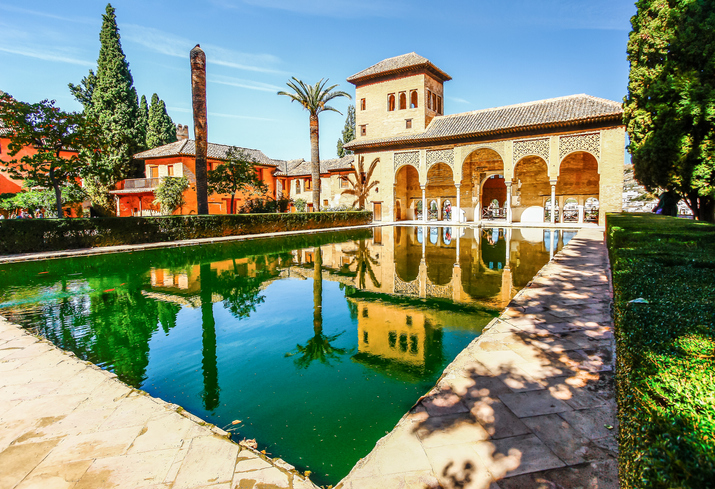
After finishing in La Alambra, you could go for a stroll along Gran Via de Colón to admire the impressive stately buildings and the Granada Cathedral, with its five naves and Baroque facade.
Granada has no end of bars and restaurants to enjoy some tapas. La Chana, El Realejo, Zaidín and San Matías are all great areas to find a variety of dishes and you can often get a drink and some tapas for less than two euros.



